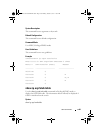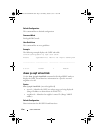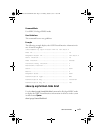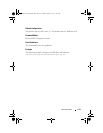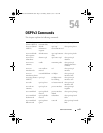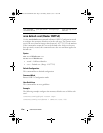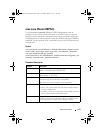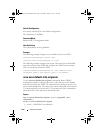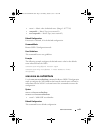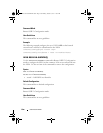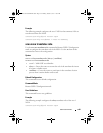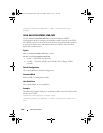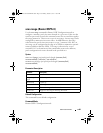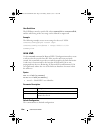
OSPFv3 Commands 1177
area nssa (Router OSPFv3)
Use the area nssa command in Router OSPF Configuration mode to
configure the specified area ID to function as an NSSA. If the area has not
been previously created, this command creates the area and then applies the
NSSA distinction. If the area already exists, the NSSA distinction is added or
modified. Use the no form of the command to remove the NSSA distinction
from the area.
Syntax
area
area-id
nssa [no-redistribution] [default-information-originate [metric
metric-value
] [metric-type
metric-type-value
]] [no-summary] [translator-
role
role
] [translator-stab-intv
interval
]
no area
area-id
nssa [no-redistribution] [default-information-originate] [no-
summary] [translator-role] [translator-stab-intv]
Parameter Description
Parameter Description
area-id Identifies the OSPFv3 stub area to configure. (Range: IP
address or decimal from
0–4294967295)
metric-value Specifies the metric of the default route advertised to the
NSSA. (Range: 1–16777214)
metric-type-value The metric type can be one of the following :
1
A metric type of nssa-external 1 (comparable)
2
A metric type of nssa-external 2 (non-comparable)
role The translator role where role is one of the following :
• always - The router assumes the role of the translator when it
becomes a border router.
• candidate - The router to participate in the translator election
process when it attains border router status.
interval The period of time that an elected translator continues to
perform its duties after it determines that its translator status
has been deposed by another router. (Range: 0–3600)
2CSPC4.XCT-SWUM2XX1.book Page 1177 Monday, October 3, 2011 11:05 AM



